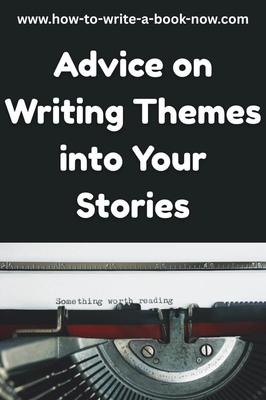When and how to use quotation marks and or Italics and reduced font size.
by Nick
(Berkeley, CA)
Question: Here's a potential headache though certainly not a very, very important problem. Advice would be very much appreciated though; I can't find answers in the usual style manuals.
I am writing a novella (18000 words). Pure fiction. Parts of it are extracted from a personal journal of a youth, a (fictitious) diary in principle never meant for publication. In addition, there are three instances in which the youth, in his diary, cites 2 short phrases and a verse of a few lines length by R. Frost, T.S.Eliot and J.Donne.
I imagine I should use devices such as Quotation marks, italics, smaller font size and indentation. Just in which combination, that is my question. Please note this is fiction so I cannot really have (T.S.Eliot) appearing in the story as if this was an academic paper.
My questions:
(1) How do I acknowledge passages extracted from a personal diary, where
(a) a line or less, or
(b) a paragraph or more is involved?
I am quoting from a personal diary, not a work of literature, so how do I do it for (a) and
(b)?
(2) How do I acknowledge material found in the diary which appears to have been lifted from works the writer read, though without specific acknowledgement, where
(a) a line or less, or
(b) a verse of several lines is involved?
(3) How do I acknowledge particular stress on words not from the diary but of my own writing. Quotes? Italics?
How do I do it so there is no confusion between conventions and it becomes clear what is from where in my story.
Many thanks and sorry for this headache, but an
Answer: Generally, you keep the same font all the way through a manuscript (Courier 12). Underline anything that should appear in italics. It's an old-fashioned style, but it's clean and easy to read.
Regarding your questions:
1. If you are quoting less than two lines from the diary, just put them in quotation marks, and set them off from the rest of the sentence with commas - the same as you would with a line of dialogue.
If you are quoting more than two lines, make the quotation a separate paragraph and indent each line an extra five spaces. Don't use quotation marks. You may want something to explain what the quotation is from, such as an introductory sentence (ending in a colon) or something like "--John's Diary" at the end.
A quotation within the diary will be treated the same way. It's a quotation nested within a quotation. So, within a long diary passage, you could have a short quote in quotation marks or a long quote that is indented an additional five spaces. If you don't want your character to include the author's name after the quotation, you might have him write something like, "I always liked this poem by T. S. Eliot" or "As John Donne says..."
You do have to be careful about long quotes from authors whose works are still copyrighted (Donne is fine, but Eliot's copyright might still have a year or so left).
Bear in mind that the book designer might choose more fancy ways to treat quotations. In a manuscript, your job is just to make clear your intent.
- Home
- Writing Questions
- When and how to use quotation marks and or Italics and reduced font size.















